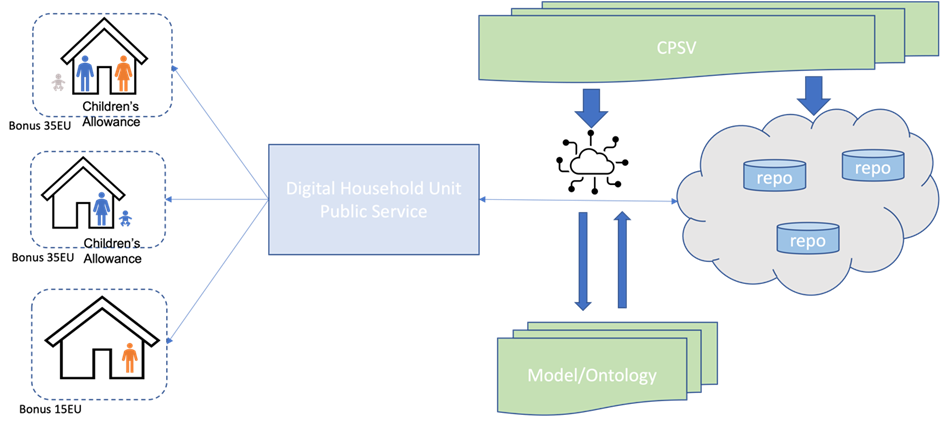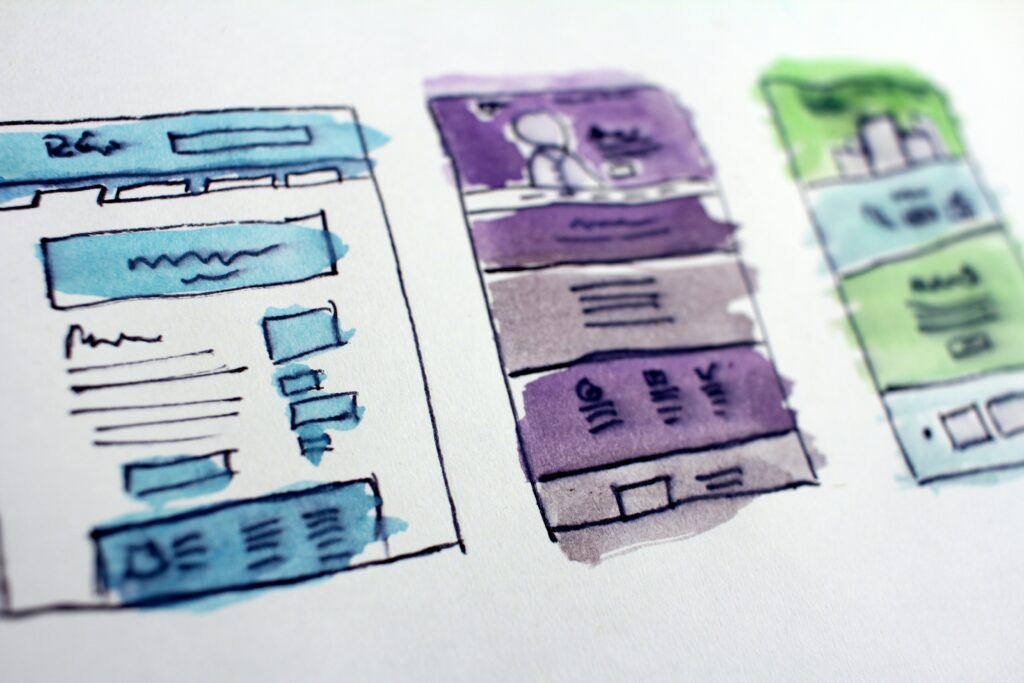InGOV 2nd release of ICT architecture and tools – Milestone 4
The inGOV project aims to provide innovative ICT-supported governance models which will enable stakeholders' collaboration in co-producing inclusive and accessible IPS. With that in mind, the 2nd release of the Reference Architecture developed the architectures and ICT platforms and tools, as well as emerging technologies for open data storage and access to support IPS co-creation and governance models and enable stakeholders' collaboration in co-producing inclusive and accessible IPS.
The inGOV project aims to provide innovative ICT-supported governance models which will enable stakeholders’ collaboration in co-producing inclusive and accessible IPS. With that in mind, the 2nd release of the Reference Architecture developed the architectures and ICT platforms and tools, as well as emerging technologies for open data storage and access to support IPS co-creation and governance models and enable stakeholders’ collaboration in co-producing inclusive and accessible IPS.
The Methodology contains four iteration steps:
- User needs and input is gathered
- The input is mapped into the architecture
- A new version of the software (design, functional mockups, or prototype according to the stage of development) is released.
- User input is gathered for both the architecture and the tools’ functionality. User satisfaction is rated according to KPIs and, more importantly, goals for the next release are set.
The developed tools are in active development and have produced prototypes at various stages depending on the pilot of the inGOV. Their evaluation process involved multiple iterative development schedules as well as a number of interviews with stakeholders and consumers of the inGOV platform for measuring the level of satisfaction.
Austrian Pilot
For the Austrian pilot, local councils that have gathered tax data from hotels, aggregate these data and forward them to the Federal Government. This data is uplifted using a common model and is represented in a standard way. The standard representation facilitates easy data organization, retrieval and automatic tax calculation.
The current version of the web application for the Austrian pilot, where the user can process the local tax is shown below. This version of the web application have been released in order to be evaluated through extensive interviews with relevant stakeholders and in order to be refined in the final stage of development.
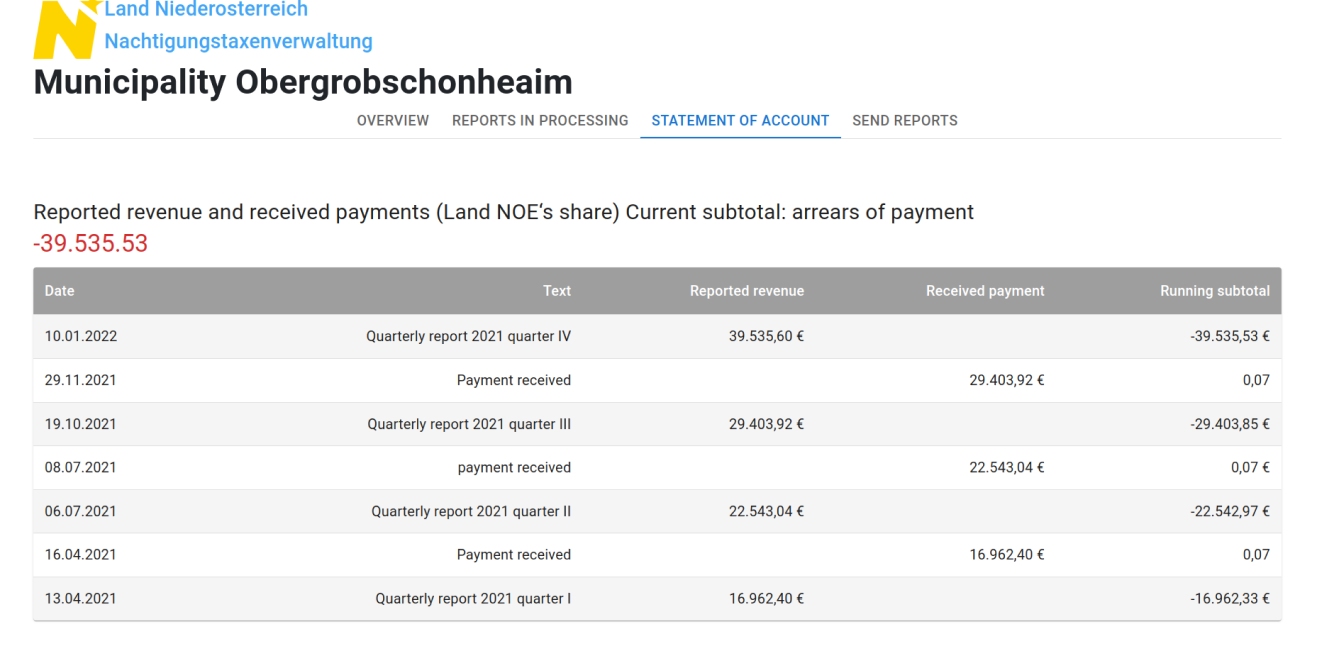
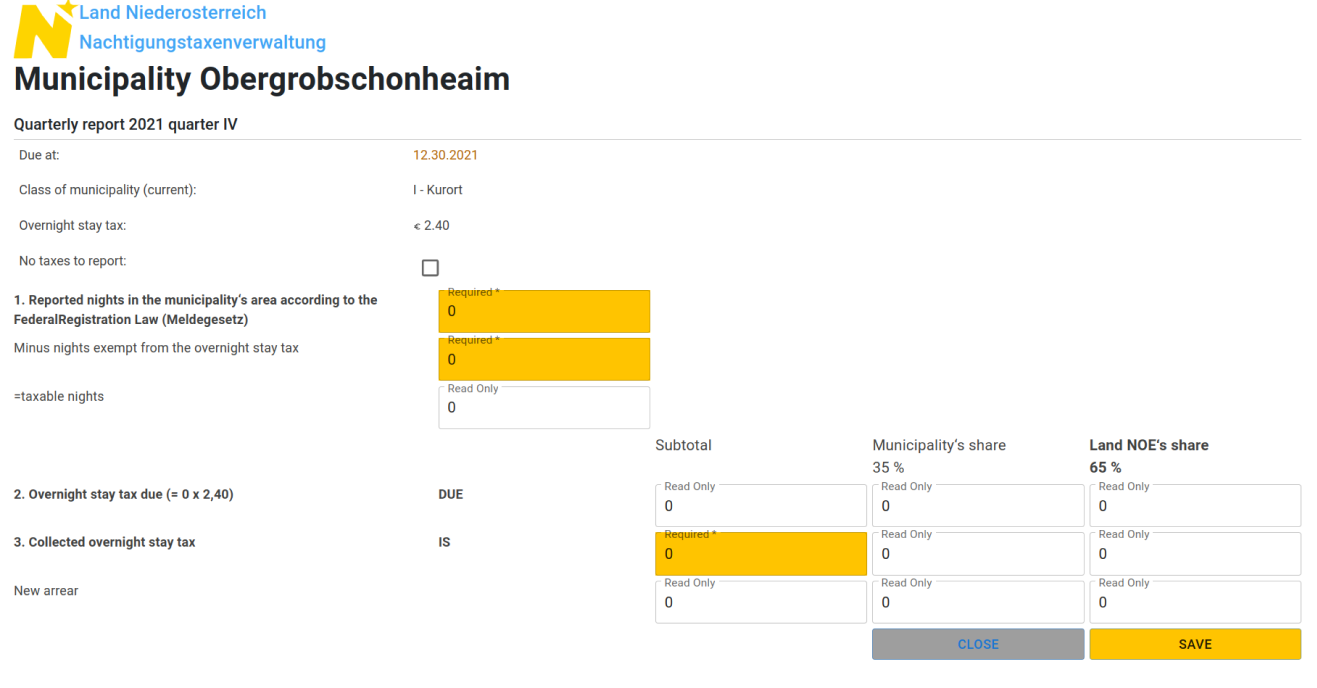
Croatian pilot
The pilot aims to offer a Virtual Assistant that will help users navigate through the services offered by the City of Bjelovar. Services, that are either public or demand identification and authentication via NIAS1 are represented by a common model, that is to be designed and implemented during inGOV. Using this model, the end user can navigate between the model’s entities and discover services and relevant information according to her/his needs.
A model enabled chatbot has been developed in order to help the user to navigate through the services while knowledge graphs can assist with transactions and aggregation of data that are located on multiple sites with varying authentication/authorization policies.
The chatbot for the Croatian pilot has been fully integrated with the underlying models and has now achieved a status of first prototype that is ready for validation by end users during the upcoming pilot evaluation phase.
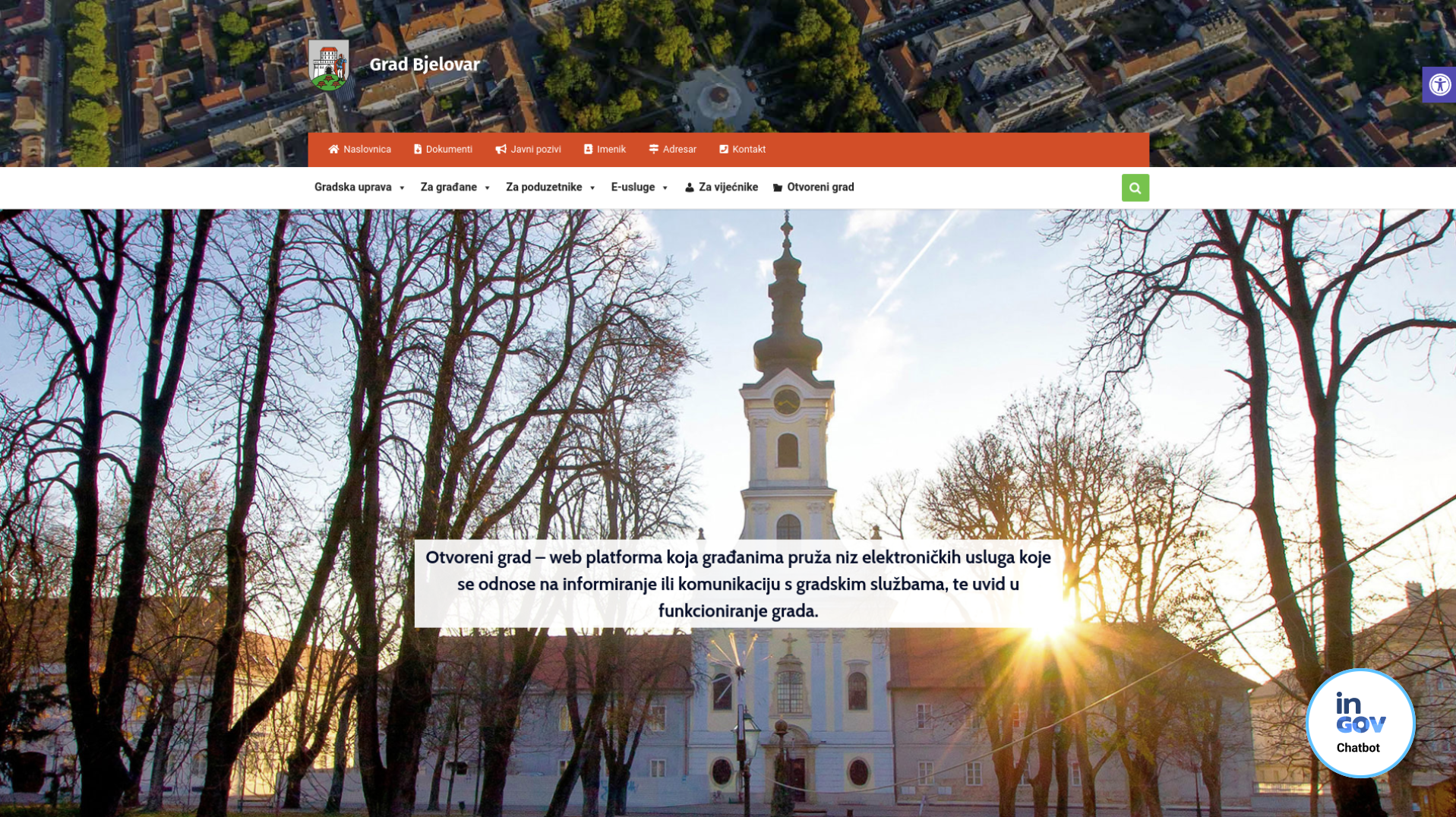
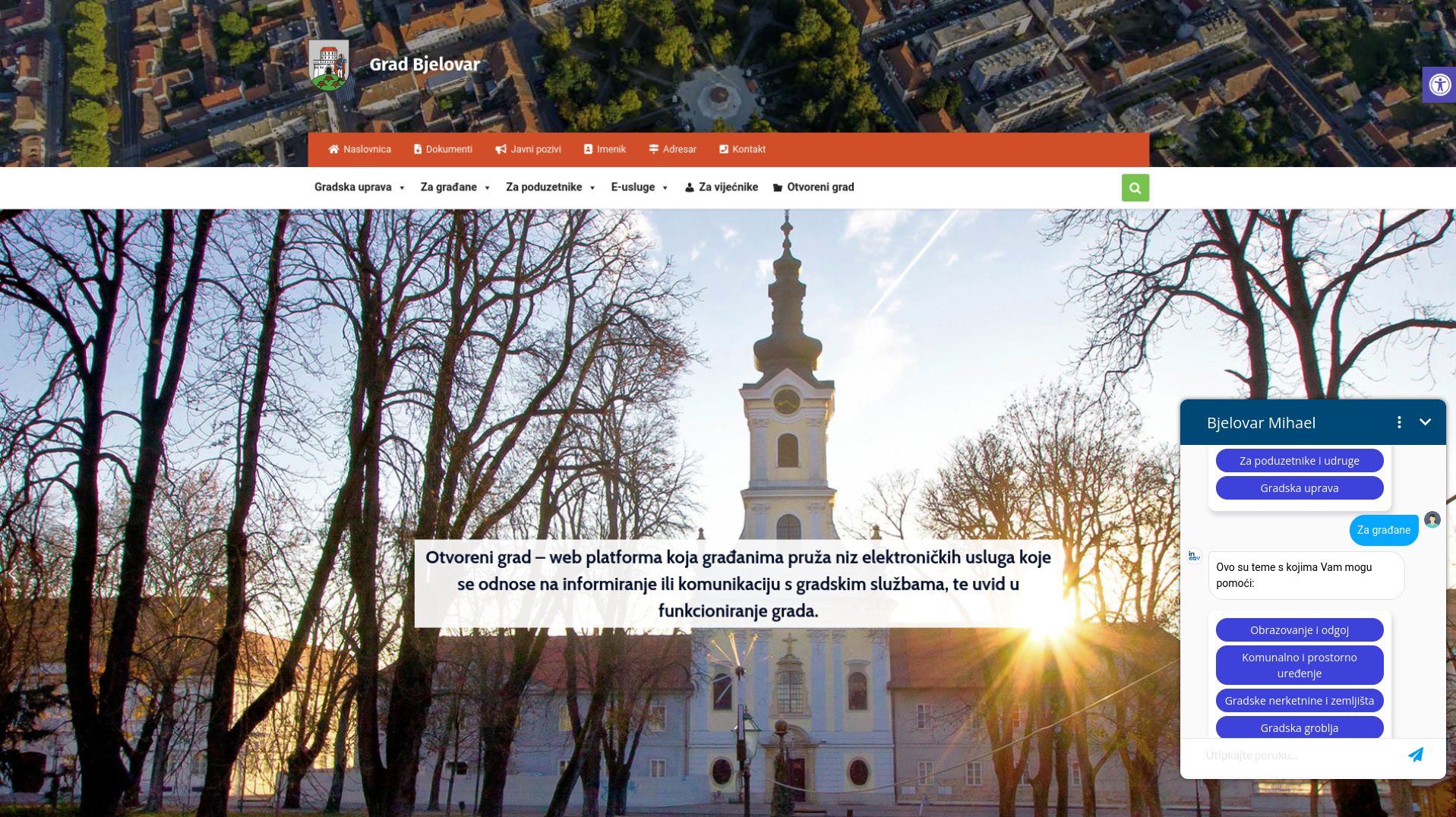
Greek Pilot
For the Greek pilot a mobile application was developed for users to upload the required documents in order to issue the disability card. A chatbot will also help users navigate through the guidelines and prerequisites to obtain a disability card and a web application will enable the civil servants to handle incoming applications and issue cards electronically.
The developed mobile app mockups were validated by the end users and the first mobile application was recently released, having been integrated with the Greek government’s test interoperability service endpoints.
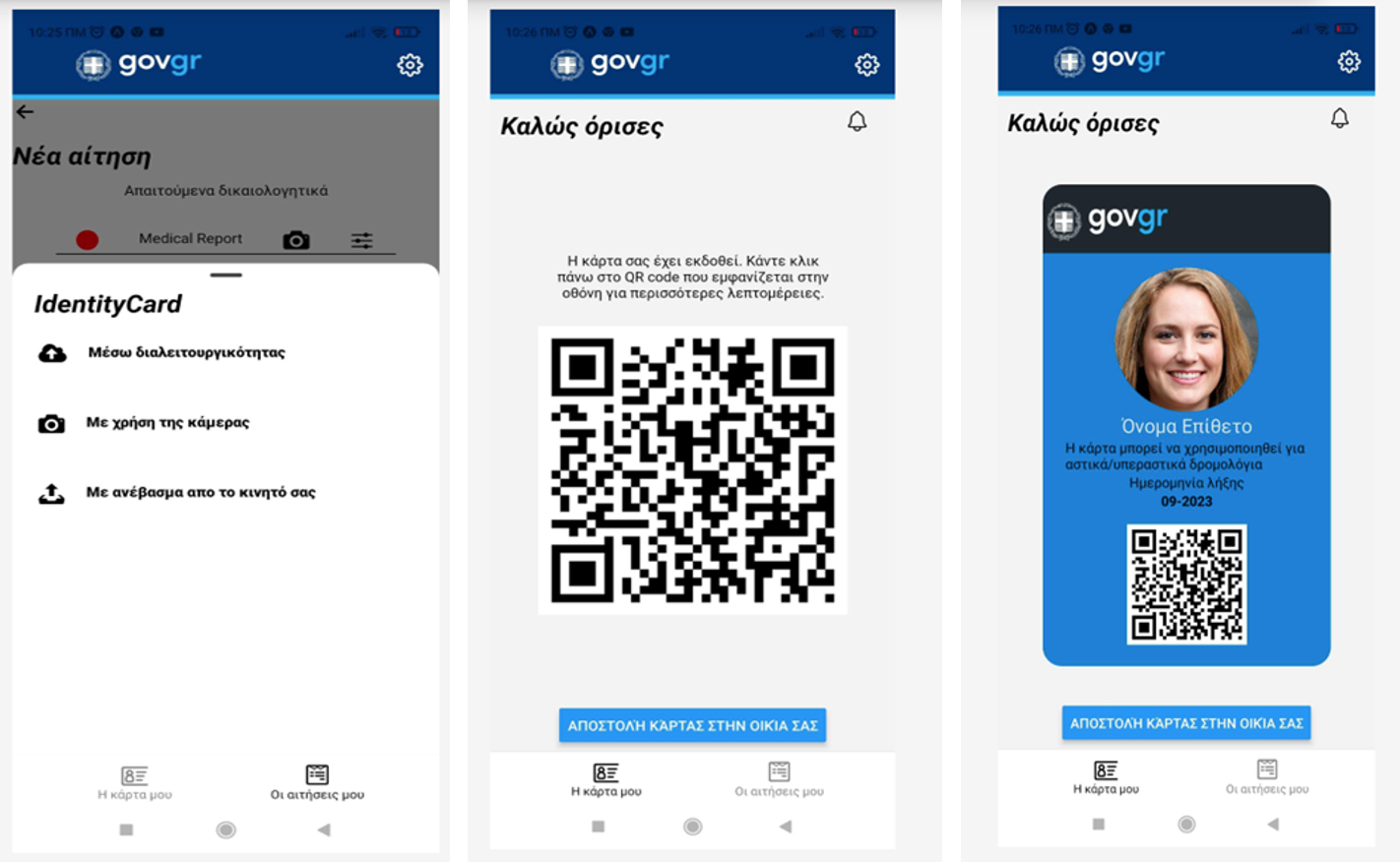
Maltese Pilot
The main objective of the Maltese pilot is to aggregate heterogenous data that are distributed over a large set of data sources corresponding to various domains (e.g., tax data, citizen identity data, etc.) to a single household unit registry. For this purpose appropriately designed knowledge graphs and common data models are being implemented to help public entities navigate through the household unit data points, in order for this data to be aligned, processed, and uplifted. The pilot relies heavily on data services and catalogues and the underlying semantic uplifting and enrichment services.
